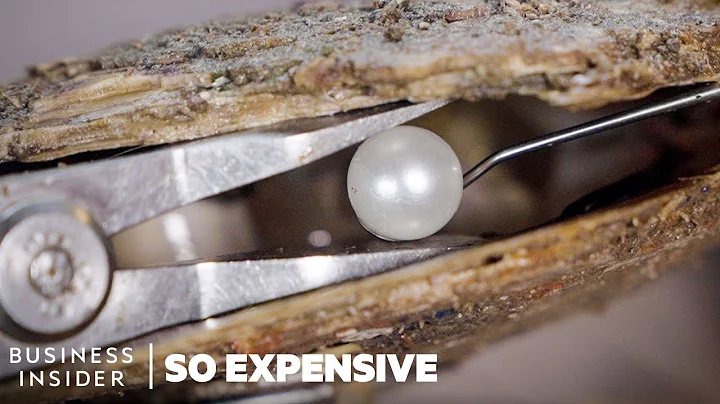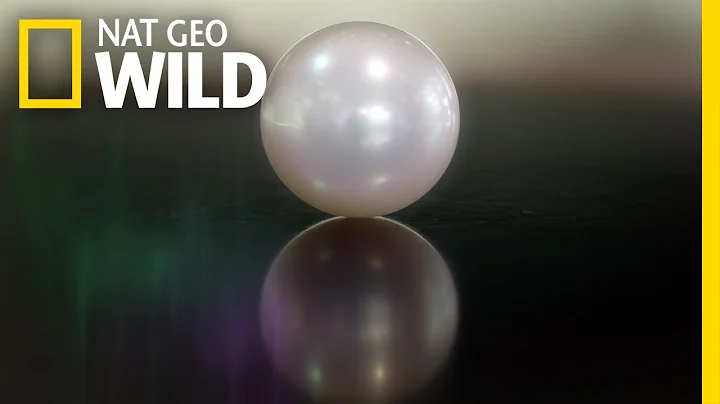
Behind these small fossils lies the history of the rise and fall of a paleontological empire.
In fact, these animals are not shells as most modern people understand them, and they are not even the same phylum as shells.
The familiar river mussels and clams all belong to the Molluscs class class bivalves (snails are gastropods ), or axopoda .
However, the order Five-chambered Conchilla, to which the gallbladder belongs, belongs to the class Alessiida and is the phylum Brachiopods .
From an evolutionary perspective, the difference between them exceeds the difference between humans and Amphioxus :

Amphioxus: a primitive chordate that is very similar to the distant ancestors of our chordates.
Most of the brachiopods look very similar to Axepodia:

But their internal structure is like this:

Their living habits are also completely different.
Brachiopods are all marine benthic organisms. They originated in the early Cambrian period. Most of them live fixedly through fleshy stems (pedicles). Because
is very similar to molluscs, it was also named and Pseudomolluscs in the past. But the difference between the two animals is really huge, and the similarity is only due to the illusion given to humans by their shells.
The existing typical gastropods - sea bean sprouts, also known as Lingula (Lingula):

Lingula and Five-chambered shell both belong to the class Unhinged. It is also a famous "living fossil". It is the species with the longest survival history among the organisms discovered in the world.
Representative animal of the class Alessia:

The gallbladder under the order Conchilla looks like this:

Behind the protagonist of this series, the gallbladder, there is a history of the rise and fall of gastropods.
From the Cambrian to the Ordovician, the entire earth was in a " greenhouse effect " state, and the global temperature was very high.
In the Late Ordovician, even the Antarctic glaciers were completely gone:

Without glaciers in the world, it would be difficult to form cold ocean currents.
Not only is the global average temperature very high, but the ocean water layer is evenly distributed, with little change in density and temperature.
The ancient creatures that flourished since the Cambrian period have completely adapted to the current environment.
It can be said that the early Cambrian creatures were like flowers in a greenhouse.
During this period, huge groups of brachiopods lived near the coastline.
The most widely distributed one is called Hirnan tia Fauna (Hirnan tia Fauna) [1] . It is also distributed in Guizhou and South China, but it is still mainly regular shell and twisted shell .
.44 billion years ago, the end of the Ordovician period.
orthomorphic shell and twisted moon shell have dominated southern China for tens of millions of years.
And originated from the order Orthomorpha order Five-chambered mussel ( Stone ganglion shell mussel belongs to ) has just made its debut in the history of biological evolution. (The original species may have begun to evolve in the Cambrian period 485 million years ago)
- Ordovician paleontological groups in the Yangtze region (down from today’s Yangtze River Basin, from northern Guizhou to Shanghai, including multiple provincial administrative regions ) Distribution area:

The brachiopod in the picture is the rare clam (Manosia), and the five-room clam is distributed near Zunyi, Meitan (the lower coast of the Upper Yangzi Sea)
Because of various reasons such as volcanoes, asteroids, and even supernova gamma ray bursts , the earth experienced a major cooling, and the Wagang Continent (now the Sahara) in Antarctica began to freeze. After
freezes, a vicious cycle occurs. Large glaciers generate cold ocean currents and atmospheric cold currents, causing a further drop in global temperatures and intensifying the Antarctic glaciers.
will eventually lead to a drop in global temperature of 8 to 10 degrees Celsius and a drop in sea level of 50 to 100 meters (some believe it is more than 100 meters). At the same time, the carbon and oxygen content of marine habitats have also changed.
Unprecedented environmental changes have caused heavy damage to graptolites, trilobites, cephalopods, brachiopods, corals, etc., plankton (or larval plankton) in shallow waters and deep waters. .
Some species of brachiopods of the orders Pentemidae and Lithops order have moved to shelters to live in, allowing the species to continue.
After only 500,000 to 1 million years, this ice age came to an end.
Global temperatures began to recover rapidly, and sea levels rose again by 50 to 100 meters. A large amount of seawater erodes the land, causing hypoxic events and even forming toxic water bodies.
Carbon dioxide began to increase significantly, and severe hypoxia occurred in the seabed waters.

The impact of the Gondwana glaciation activity before the Ordovician on the occurrence and extinction of the Hernant Bay fauna
In these 1 million years, a large number of ancient organisms that had already suffered heavy losses were even worse.
Such two major climate flips occurred within 3 million years, and eventually caused the first mass extinction event - the Ordovician-Silurian extinction event .
In this mass extinction, not only the most widely distributed brachiopods the Haonante fauna were completely extinct. At the same time, a large number of graptolites, trilobites, and corals became extinct.
At the same time, the formal shell and twisted moon shell in Yangtze District also suffered heavy losses.
In the early and middle stages of the Silurian , the Orthomorphic Shellfish and Orthomorph Shellfish experienced a major decline and became extinct in large numbers. Five-chambered Shellfish and Hollow Shellfish gradually became the dominant species.
Then Wufangbeimu reached its heyday.
But after the Devonian , they did not escape the fate of extinction.
In geological stratigraphy research, the five-foot shell clam is an extremely important standard fossil.
Its system evolves quickly, is widely distributed, and has numerous fossils. It is of extremely important significance in determining geological age, marine strata, and restoring the paleontological environment.
Of course, because of the large amount of fossils, their collection value is not great for ordinary people. It is reasonable for
to appear in the toilet of Guiyang Qi Field.
Known as "sea shell flower" in Zunyi quarry, it is one of the commonly used materials for home decoration:

Of course, now that it is famous and more people are purchasing it, the price increase is inevitable.
Reference
- ^ Rong Jiayu . Replacement of Ordovician and Silurian brachiopod fauna in South China - also on the impact of Gondwana glacial activity at the end of the Ordovician [J]. Modern Geology, 1999.





















